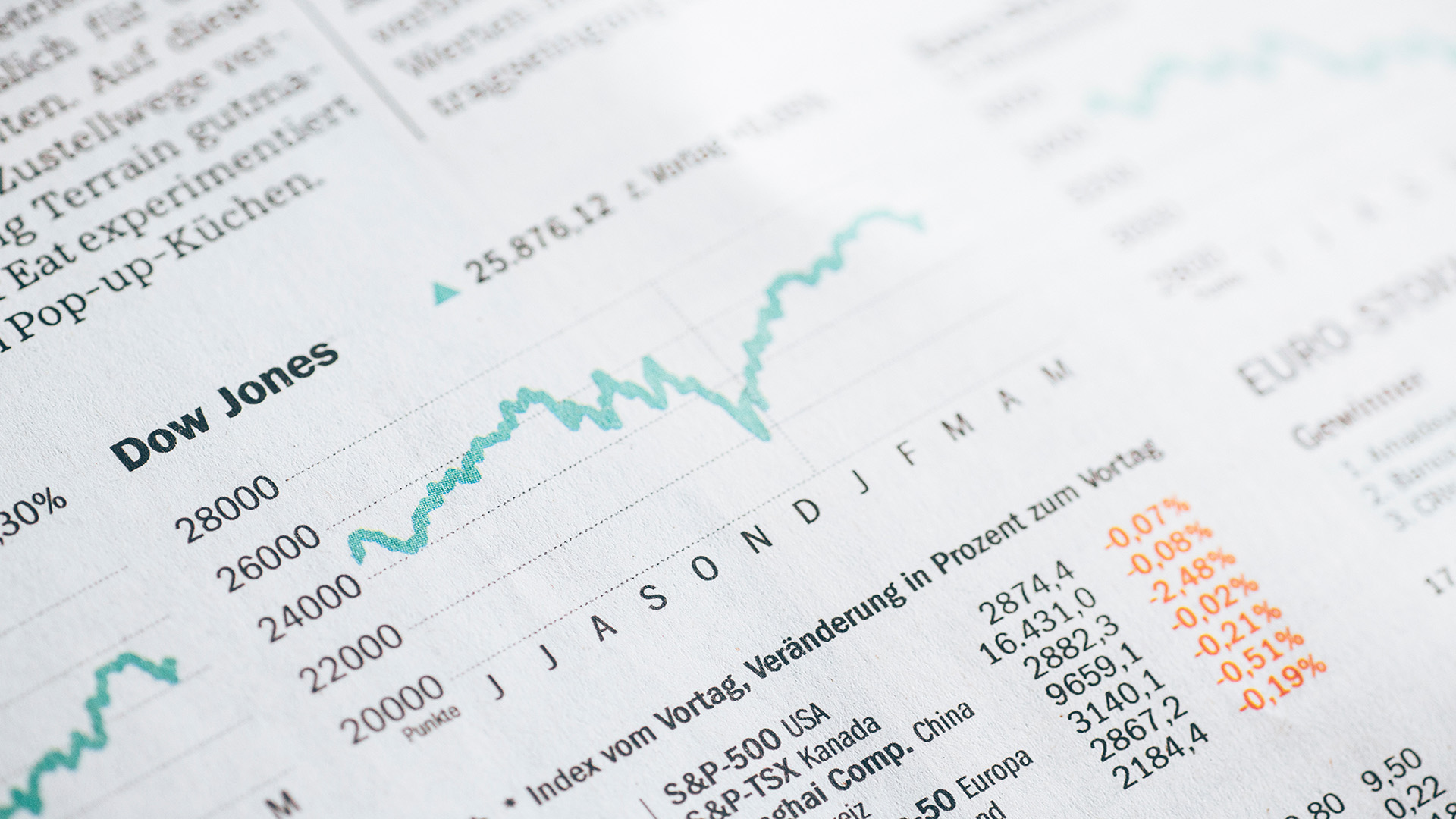
One of the four valuation methodologies we use at Truelytics is the Discounted Cash Flow (DCF) model. The DCF income approach allows us to consider many of the non-financial factors that affect a company, including future growth and profit margins. The DCF approach calculates the present value of a future cash flow stream, which might be uneven, constant, or steadily growing at different points in a company’s lifecycle. The purpose of DCF analysis is to estimate the money an investor would receive from an investment, adjusted for the time value of money (which assumes that a dollar today is worth more than a dollar tomorrow).
Some of you may be wondering What on earth do investors or investments have to do with valuing my business? The Truelytics approach to valuation is to always view a business the way a potential buyer might. And when someone is considering buying (or investing in) something, it is important to think about things like the future benefit stream. After all, you’re acquiring much more than just a revenue stream when it comes to the wealth management industry.
Under the DCF model, the value of a business is the present value of its cash flow over a projected period of time (or forecast period), plus the present value of the residual value.
Value = Present Value of Future Cash Flow (over forecast period) + Residual Value
The projected period of time that’s used is typically until a firm’s future growth rate becomes stable or predictable. It’s usually just a few years (3-5) as this is a reasonable amount of time for which to make detailed assumptions. Anything beyond this becomes a guessing game, which is where residual value comes in. The residual value represents the estimated value of the business beyond the projected period of time. The last year of the projected period of time is known as the terminal year. In other words, the residual (or terminal) value is the present value of all subsequent cash flows beyond the last projected year.
Example:
|
Year |
2015 Actual |
2016 |
2017 |
2018 |
2019 Projected |
2020 Projected |
2021 Projected |
2022 Projected |
2023 Projected |
|
Growth Rate |
8% |
6% |
11% |
9% |
7% |
4% |
5% |
5% |
5% |
In this example, you can see the Firm’s historical growth has been unstable and unpredictable. However, based upon the Firm’s pro forma, the growth rate is expected to stabilize in year 2021 and beyond. Years 2019 through 2023, therefore, serve as the projected period of time; 2023 becomes our terminal year. The residual (or terminal) value will reflect the present value of cash flow for years 2024 and beyond.
For those who have had any education around valuation methodologies, the Truelytics pro forma that’s utilized for calculating the DCF value may appear a little different than what you remember learning in college.
In the traditional DCF model, the residual value may be quite large because it represents the value from the terminal year and beyond. It’s usually calculated using one of two approaches: 1) perpetual growth (which assumes the business will continue to generate free cash flow at a normalized state forever), or 2) an exit multiple (which assumes the business will be sold for a multiple of some metric based on currently observed comparable trading multiples for similar businesses).
While this approach works well for established businesses and industries (such as manufacturing), it doesn’t work quite as well for the wealth management industry. Here’s why:
Because of the aforementioned reasons, we must look at valuation from a more conservative perspective. Truelytics creates a 5-year pro forma with a sensible and stable growth rate, with year 5 serving as the terminal year. For the residual value, rather than utilize a perpetuity or an exit multiple – which we believe will inaccurately inflate the valuation – we simply extend the projected period for an additional year and apply a lower discount rate to determine the net present value of that year’s projected cash flows.
Remember that a valuation, regardless of methodology, should always serve as a baseline. It’s a process and set of procedures used to estimate the economic value of an owner’s interest in a business – and it should be used to determine a price someone is willing to pay or receive to effect the sale of a business. While no method will ever be perfect for everyone or every situation (and is often left to the interpretation of the valuation analyst), the Truelytics DCF model does provide a very good starting point for deeper conversations.
If your firm needs a more customized valuation and you can provide a multi-year pro forma, we can create a DCF model that will be specific to your firm outside of our software platform. Contact us to learn more and discuss your objectives in greater detail.
Want to learn more? Schedule some time to speak with one of our professionals.
These Stories on Valuation